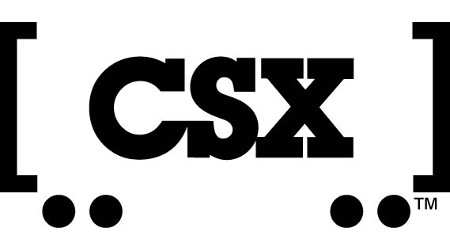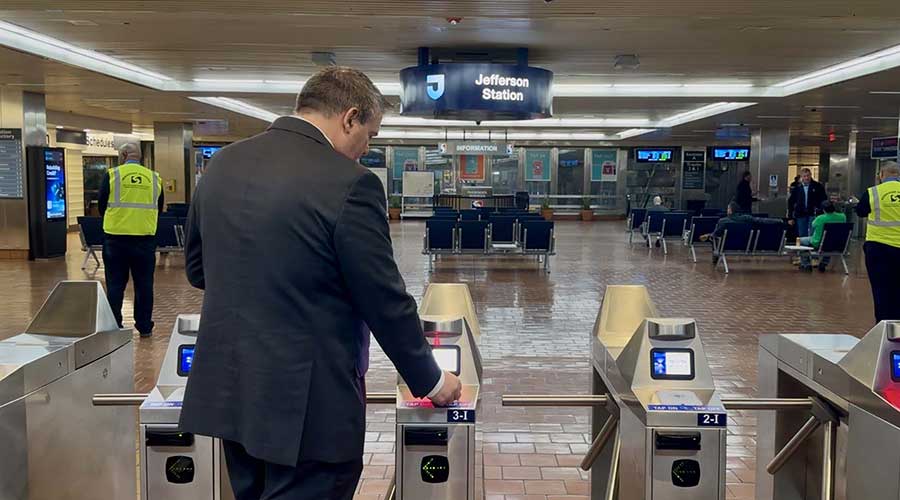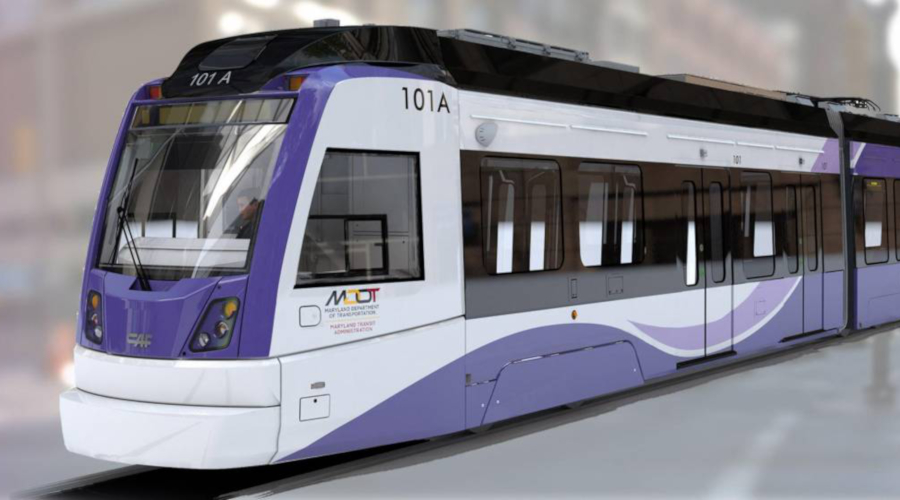Stay updated on news, articles and information for the rail industry
5/7/2018
Rail News: Financials
Railroad earnings Q1 2018: Curious & curiouser — by Tony Hatch

By Tony Hatch
Who’da thunk it? Despite railroads' well-publicized service issues, their first-quarter earnings matched a strong market’s 20 percent year-over-year (YOY) gain. While the major railroads didn’t hit the broader market’s 80 percent rate of beating consensus estimates, they came so close (4-1-1 so far). And — curiously — it was those with the most famous service issues (CSX) or the most inexplicable ones (Union Pacific and, especially, Norfolk Southern) that were the leaders in “beating the Street” earnings estimates. It’s enough to make one wonder: Is the high (operating and capital) cost of service even worth it? Ah, but that’s a short-term answer — for while we know some of the operating costs from congestion (some $43 million for UP and up to $52 million for NS), only one railway system (Genesee & Wyoming) attempted to assess the cost of equipment slowdown on the volume side ... and no one has attempted to analyze the opportunity (and reputational) cost at a time of true share gain prospects.
Service versus earnings? Let’s set CSX aside for a moment — CSX essentially has declared that its “apology tour” is o-v-e-r, and in fact is supporting its 53 percent YOY earnings increase; and its 500 basis point (bps) reduction in the operating ratio (OR) to Group Best (let that sink in) by far. CSX also was the only major railroad to report an increase (only 4 percent but still, an increase) in velocity. NS, playing the Joker in this movie, showed the second-best earnings jump (31 percent) and OR reduction (130bps), but the worst system velocity: -16 percent, a point worse than the much-lamented CN! Yet, NS still showed a 3 percent volume gain, led by domestic intermodal, the most service-sensitive commodity of all! Overall, with that 20 percent average earnings gain, a flattish OR and 3 percent volume gains came despite a 6 percent decline in network velocity (for simplification reasons, and because the service issues are ones of fluidity, I am using “velocity” as a service proxy — all of the metrics deteriorated).
Why did this happen? That’s the 15 percent to 23 percent question (the numbers being the range in percent of revenues dedicated to capex by the major rails). One carrier essentially said it was due to OR obsession; the recent reduction in non-PTC capex must have played a role (and the benefits of the tax cut seem to be mostly going to more share buybacks). For CSX, it was self-imposed (Precision Scheduled Railroading) and mostly over. For CN, it was extreme growth last year ... which points to the evergreen problem of demand planning. But for the others? Who knows? Intermodal growth and spending on crews/training, power and rolling stock and network “pinch points” all combine to show the way out, but I would be more confident if I knew what led to the problems in the first place.
There is almost too much demand — for the current network conditions. But network conditions are improving. Will it be in time? All of the rails point to improving conditions over the next three quarters. The driver shortage and highway congestion, combined with steady but broad economic growth, have combined to create one of the best share opportunities in years or even decades — even as service sensitive business takes up a higher percentage of rail revenues and that of the overall economy (Amazon has now passed UPS as the leading intermodal shipper on some rails). This is the time for rails to make a stair-step forward in share and reputation, with the side effects of pushing back political and regulatory threats. The downside is not only the biggest lost opportunity in a generation (with technology threats in on the horizon and trade issues unresolved), but increased political/regulatory threats, likely starting with truck size and weight. The race is on.
Contact Progressive Railroading editorial staff.


 LRW Honors Amtrak’s Acheson As Railway Woman Of The Year
LRW Honors Amtrak’s Acheson As Railway Woman Of The Year
 From Editor-In-Chief Foran: Of Gender Equity And Inclusion
From Editor-In-Chief Foran: Of Gender Equity And Inclusion
 Spotlight On Some Of Today’s Rail Safety Products
Spotlight On Some Of Today’s Rail Safety Products
 Women of Influence in Rail eBook
Women of Influence in Rail eBook
 railPrime
railPrime







